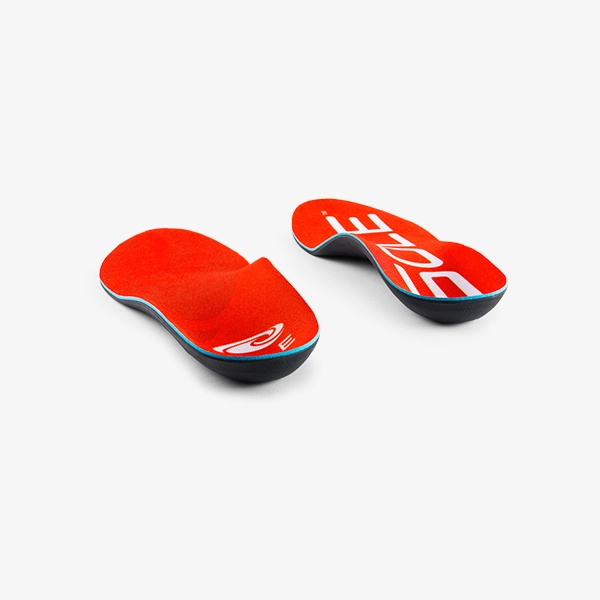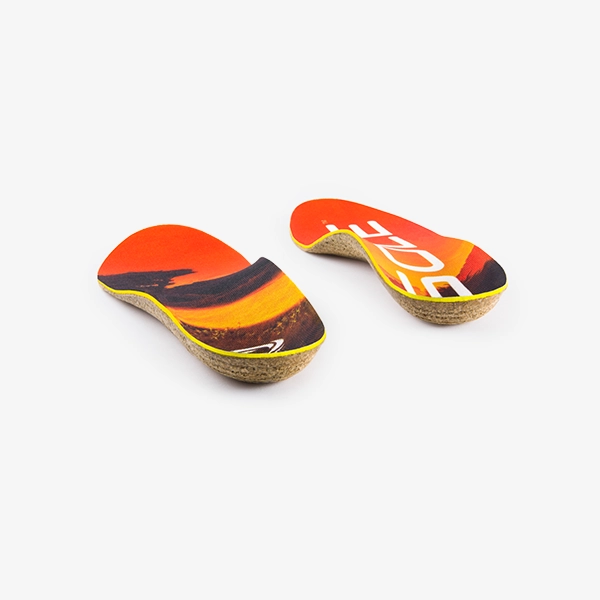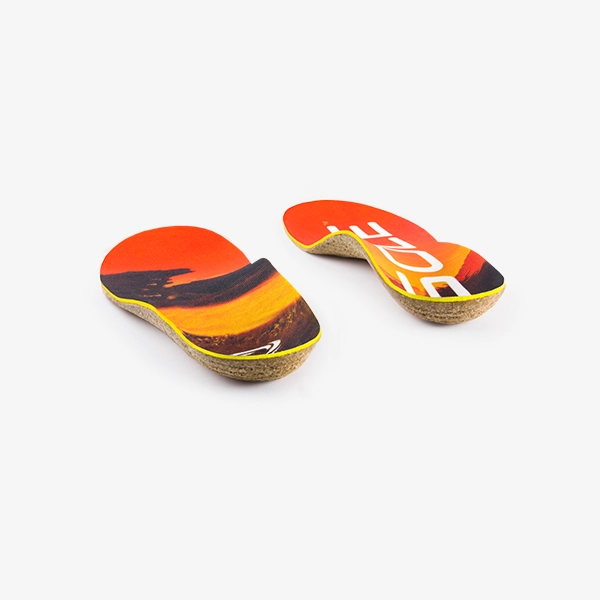It’s no coincidence the marathon holds a special place as a benchmark for physical fitness and endurance in modern society. Running a marathon is a major feat that can only be achieved through hard work and mental fortitude. But it’s also a goal that many recreational runners can imagine ourselves achieving. For those who commit to tackling a marathon, there's an affordable piece of gear which could make all the difference to determining your success. Insoles for marathon runners!

Ironman athletes and marathoners: SOLE ambassadors who love to run.
Caring for your body is essential to marathon training.
If you are considering running a marathon, or perhaps you’ve already started training, you should be well aware that taking proper care of your body is essential to your success. This includes proper nutrition, stretching and recovery, but one aspect that is often overlooked is the most important factor of all: your feet.
It takes 55,000 steps to complete a marathon (based on the average man’s stride; 63,000 steps for women). You’ll clock hundreds of thousands of steps in training. If you’re going to ask your feet to do that amount of work, it's a good idea to give them a little extra support. And we're not talking about emotional support.
"Got me through 56 full marathons! Zero injuries and going strong." - Amie, L. on SOLE footbeds.
Supportive insoles for marathon training.
SOLE footbeds help you manage the increased workload of marathon training by supporting your feet where they need it most. Our deep heel cup cradles the heel to make the most of your natural cushioning and prevent excess lateral movement. Our supportive arch is clinically proven to reduce arch strain by up to 34%.
This reduction in strain allows you to more safely increase your mileage without risking overuse injuries. It also helps prevent fatigue in your feet, making those longer runs more manageable as you work toward your marathon distance.

Other benefits of wearing insoles during marathon training.
The SOLE Signature Supportive Shape helps to promote neutral alignment and a neutral, efficient gait while you run. Efficient movement not only helps prevent excess energy loss, it also protects your joints beyond your feet from injury.
Many marathon runners will experience ankle pain, runners knee, hip pain, shin splints, back pain and many other ailments associated with increased mileage during training. SOLE footbeds can help prevent all of these issues by reducing strain and increasing efficiency of movement.
Some favorite footbeds among marathoners
Custom orthotics for marathon running?
While prescription orthotics could set you back hundreds of dollars, SOLE footbeds are custom heat moldable in your oven at home. This means you get similarly customized support, for a fraction of the price of prescription orthotics. Many runners also find SOLE footbeds more forgiving and comfortable while running, despite offering a comparable level of support. This is due largely to our density-mapped footbed bases.
Our Active and Performance footbeds are made with different densities in different zones, meaning they offer more rigid support where you need it, and more flex where it’s preferred. The result is an insole that flexes with your foot’s natural movement while you run. The aim here is to help your feet carry their load while they do their work, without interfering with the way in which they do it.
Which insoles are best for marathon running?
All SOLE footbeds will offer the structural support your feet need thanks to our signature shape. Due to the high mileage and repetitive impact in marathon training we recommend an insole with some added cushioning. Our Medium insoles are excellent candidates, with a layer of high performance cushioning that doesn't take up too much room in your running shoes. If you're looking for ultimate shock absorption, our Thick insoles will be your best choice.
Our footbeds also come in a Wide version, specifically designed to fit seamlessly in common natural-splay running shoe brands. Lastly, you have the choice of a built-in metatarsal pad. The Met Pad footbeds are an excellent choice for those suffering from metatarsalgia or Morton’s neuroma, or anyone looking for added forefoot comfort in particular.

From L to R, The Performance Medium, Active Medium, Active Thick and Active Wide Thick footbeds.
When should I start using insoles for marathon training?
You should start wearing insoles from the beginning of your marathon training, or as early as possible in the process. This will allow you to get used to the new sensation of running with proper support. As marathon running is a mental game as well as physical, you want to be completely comfortable and accustomed to your gear by the time race day comes. As such, we’d recommend against starting to wear insoles at the last minute.
Grab your footbeds today and set yourself up for marathon success!



